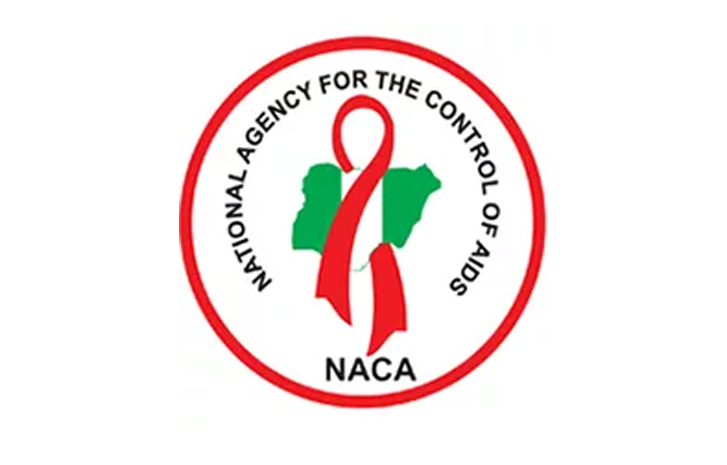How to end HIV by 2030 – DG NACA
The Director General, National Agency for the Control of AIDS (NACA), Dr Gambo Aliyu, has said the gateway to achieving the 2030 target of ending the AIDS epidemic is access testing and prevention for those that are positive. He stated this at a press briefing and candlelight organised by the Network of People Living with […]

National Agency for the Control of AIDS (NACA)
The Director General, National Agency for the Control of AIDS (NACA), Dr Gambo Aliyu, has said the gateway to achieving the 2030 target of ending the AIDS epidemic is access testing and prevention for those that are positive.
He stated this at a press briefing and candlelight organised by the Network of People Living with HIV/AIDS (NEPWHAN) in commemoration of the 2020 World AIDS Day.
- NSCDC Rescues Woman From 5-Month House Arrest In Gombe
- Boko Haram: FG’s Claim On Weapons’ Import Denial False
He said the country could not achieve the 2030 target of eliminating HIV/AIDS if it doesn’t tackle it at the community level.
“If you test negative, you are qualified for double service; testing and prevention and if you test positive, you qualify for treatment,” he said.
Dr Gambo said one thing that has come in between testing, prevention and treatment is the stigmatisation of persons that are living with HIV/AIDS.
“If the barriers are broken and we go down to the communities to supervise activities, Nigeria would achieve the set target of eradication by 2030,” he stated.
Also, President of NEPWHAN, Abdulkadir Ibrahim, has said that ending the AIDS epidemic by 2030 is possible, but only by closing the gap between people who have access to HIV prevention, treatment, care and support services and people who are being left behind.
He said closing the gap means empowering and enabling all people, everywhere, to access the services they needed, and most importantly putting the patient community at the centre of interventions.
He said, “With the prevalence of people living with HIV at 1.3%, the incidence of HIV has dropped slowly in recent years. We have seen above one million people accessing affordable and effective HIV treatment, and AIDS-related deaths have been reduced by more than half since 2004 when it was at the peak.”
